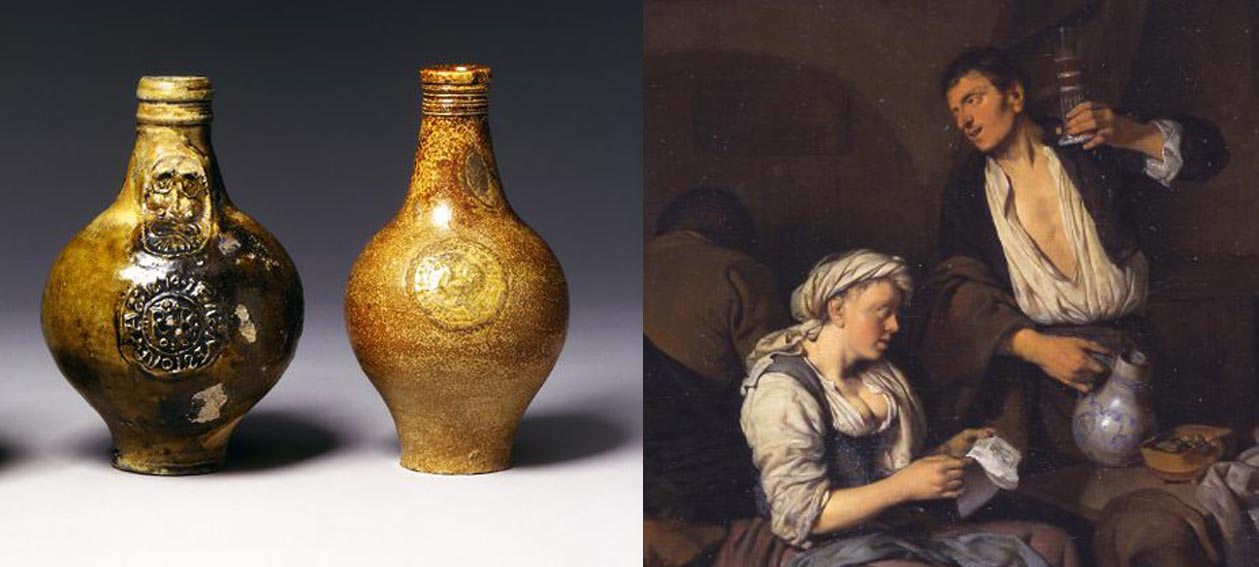There is every indication that the later sixteenth and seventeenth centuries saw a significant increase in the production, traffic, and consumption of intoxicants: substances understood at the time to be ‘poisoning, or envenoming’ and ‘tuddling or making drunk’, and which today are recognized as having an often detrimental impact on the body’s physiological and mental processes, especially if consumed in excess. This includes ‘old world’ alcohols like ale, beer, wine, and spirits; and ‘colonial groceries’ like tobacco and opium.
Utilising a range of archival materials, this project will do three things. It will trace the increase in intoxicants between c. 1580 and c. 1740 as empirically and systematically as possible. It will look to explain the increase, paying particular attention to the role of local, national, and international markets on the one hand and the formation of ‘civil society’ on the other. And it will explore some of the key corollaries of these developments: in particular the formation of the early-modern state and developments in printed media and discourses. The key objectives are twofold: to examine the hypothesis that intoxicants were integral to the set of processes, transitions, and conflicts known by social and economic historians as ‘early modernity’, and that it was in the early modern era that the salient features of our modern culture and economy of intoxication emerged; and to show how the early modern history of intoxicants constructively illuminates and enhances our understanding of present issues, problems, and practices.
A key methodological feature of the project is the development of a database in which the RAs will record data, or ‘entities’, extracted from their analysis of primary source materials which constitute the economic, social, material, political and cultural world of intoxicants in the early modern era. These sources will be port books, church court depositions, inventories, acts, orders and licenses from three regions: Yorkshire, Cheshire and Kent. The entities which will be recorded into the database will be people, places, objects (such as drinking vessels or other merchandise, printed images), organisations, language (context-specific terminology) and events (such as legislation or transactions). Each of these entities will have its own set of characteristics as well as relationships with one or more other entities. The resulting ‘ontology’ (as it is termed) will enable the PI and Co-Is to interrogate the entire range of data and visualise the results in ways which reveal trends and relationships that are not evident when consulting the documents individually. Text data mining and visualisation techniques will include: cluster analysis, network visualisation, topic maps, geographical mapping, tree maps, and graphs and charts, as well as conventional results listing.
Duration: 1st October 2013 – 30th September 2016
Project Blog
Project Team
- Prof. Phil Withington (Principal Investigator – University of Sheffield)
- Dr Angela McShane (Co-Investigator – Victoria and Albert Museum)
- Michael Pidd (Co-Investigator – The Digital Humanities Institute)
- Dr James Brown (Research Associate – University of Sheffield)
- Dr Tim Wales (Research Associate – University of Sheffield)
- Katherine Rogers (Developer – The Digital Humanities Institute)
Permissions: All images on this webpage have been supplied with the permission of the Victoria & Albert Museum.
